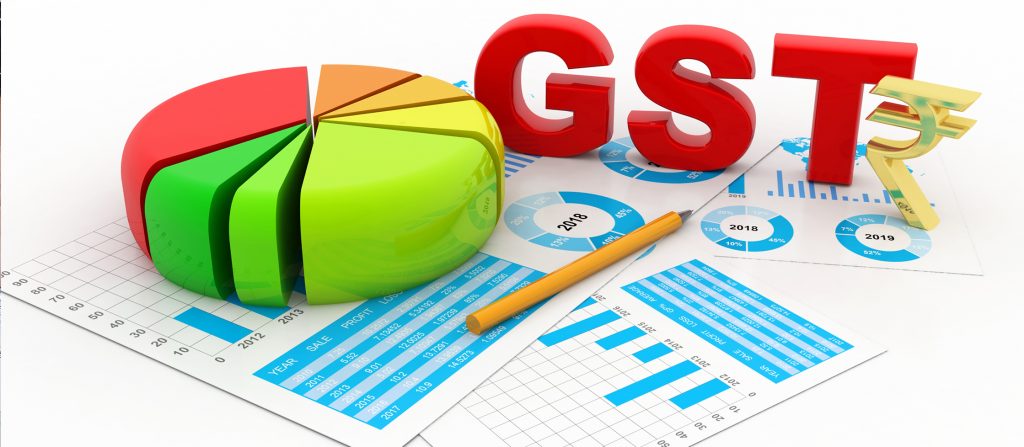Goods and Service Tax (GST) is an indirect tax that was put to action from 1st July, 2017. This tax, passed in the Parliament on 29th March, 2017 under the Goods and Service Tax Act, is levied on the supply of goods and services. GST brings uniformity in taxation and has replaced direct taxes like VAT, Central Sales Tax, Cess, Duties of Excise, and a whole list of other multi-stage taxes.

In the pre-GST era taxes were added at several points on a goods or service basis value additions. This increased the final price of the product or service and thus, weighed heavily on the entire supply chain. GST reforms such complications and binds the nation under its ‘one nation, one tax, one market’ motto.
Before you proceed to benefit from this stellar tax reform, understand how GST is calculated.
How is GST calculated
Calculating GST on a product or service is easy and you can cut short the complexity of calculation by using the Online GST calculator. Doing the calculation via the calculator will help you avoid miscalculations and you will be able to determine GST within a few minutes in a hassle-free way. The formula for GST is:
GST Amount = (Original Price x GST Rate) / 100
Net Price = Original cost of the product or service + GST Amount
Say you are selling a commodity from Ahmedabad and sending it to Chandigarh for Rs.20,000, and the rate of GST applied on it is 12%, then the GST amount applicable for it will be (20,000 x 12) / 100 = Rs.2,400. The net price will be Rs.20,000 + Rs.2,400 = Rs.22,400.
In order to know the applicable GST on your product or service, you will have to keep a tab on GST rates. Here’s what this entails.
GST rates and product pricing
The Government of India after many rounds of discussion has finalised five different slabs for GST. They are: 0%, 5%, 12%, 18% and 28%. The good news is that many essential goods are kept out of this system and are not taxed. As a business owner, you must know the applicable GST rates on the commodity or service you are providing to the market. Added to this, you must know the GST rates for goods you procure in order to keep abreast with your production. Check GST rates beforehand and accept bills with proper GST numbers. This way you will be able to benefit from the transparent system of GST.
Here’s a list of common commodities and their current GST rates.
ITEMS GST
Sanitary napkins Nil
Coir pith compost Nil
Stone/Marble/Wood deities Nil
Handmade carpets, textile floor 5%
Zip and slide fastener 12%
Washing machines 18%
Vacuum Cleaners 18%
Now that you are aware of some of the most common GST rates, remember that GST is applied on the product or service at two levels. One is applied at the central level known as CGST and the other is applied at the state level known as the SGST. This means your product pricing will depend on these 2-part GST calculations, provided your commodity is received and sent via several touch points.
Here’s an examples illustrating product pricing in detail:
Say you are selling one product from Kolkata and sending it to Pune and the price of your product is Rs.30,000. Assuming 5% SGST and 5% CGST is added to it, the new price of the product will be Rs.33,000 inclusive of GST.
Evaluating the varied aspects of GST, price your products and services cautiously to make profits over time and charge taxes correctly using the GST calculator. While GST empowers you to do business with transparency, you can also benefit from another financial instrument in order to add more efficiency to your business operations. So, whether it is an expansion or diversification, don’t let an opportunity pass you by.
